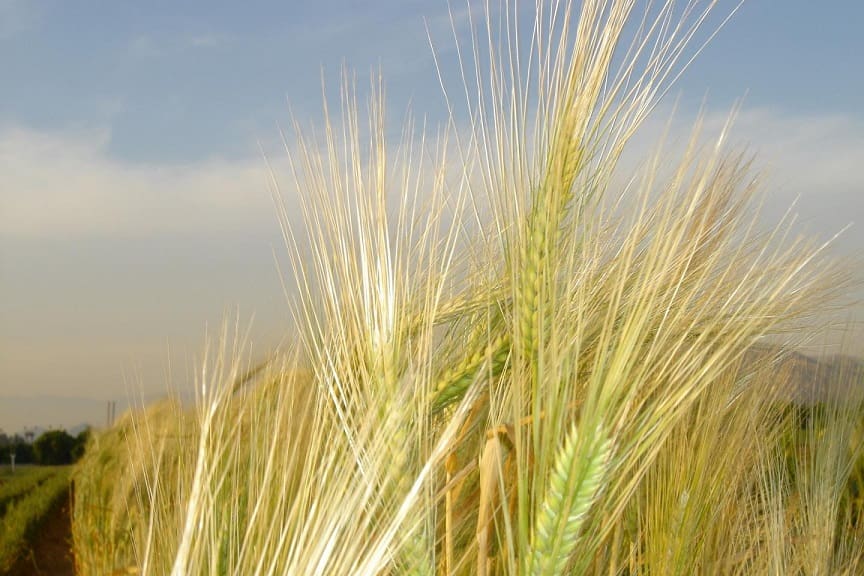DEMAND for malting and feed barley in New South Wales and Queensland is supporting not only national values for the coarse grain, but also the outlook for the area to be sown, as planting time for the 2018 winter crop approaches.

Barley prices emerged from last year’s doldrums
While the export-dominant states, South Australia and Western Australia, saw barley plantings last year trimmed on poor international prices, eastern states barley will likely continue to see price premiums from feed demand for cattle and processing sectors, left short by dry spring 2017 conditions.
Choice WA
Coming off the back of a lucrative and high-yielding 2016, WA growers last year took a punt on planting canola, various types of wheat, and pulses, and ran into half a drought.
Ten Tigers consultant, Chris Tonkin, last week said growers’ planting strategy this year would probably lean towards crops with lower production risk.
“Particularly in the central and northern parts of WA, where they had a pretty lean year in 2017, a few growers will be looking at a bit more barley this year rather than some of the pulses and canola,” Mr Tonkin said.
“They would want to go back to a slightly lower production risk.
“New-season barley pricing at present is quite healthy and is at a profitable level, compared with wheat and canola.”
World stocks down
The world barley stock outlook is forecast to shrink a little this year.
A report issued last Friday by the International Grains Council noted total grain stocks have reduced this year for the first time since 2012/13, with barley stocks reduced 6 per cent in 2017/18, or about 2 million tonnes (Mt).
Partly because of growth in grain demand, China’s annual barley consumption in the past three years rose to approximately 9Mt, after consumption was 5Mt or less in each of the seven years prior.
“All roads lead to China in terms of feed and malting,” a trade source said.
The source said imported barley was a cheaper alternative for some Chinese end-users than buying corn from the country’s internal market.
Saudi Arabia, three years ago in 2015-16 imported a record 10Mt of feed barley, 3Mt above the long-term average.
Since then, the country has been working to reduce its barley purchases by supplementing barley demand with other imported grains, and in 2017-18 is forecast to import 8Mt of barley, down from 9Mt in 2016-17.
Growers sitting
Traders said growers were holding any unsold grain in the belief that values would firm over coming months.
Most Australian feed and malting barley users have already bought the majority of their needs. Domestic maltsters are seen as substantially covered from the current crop, and surplus malting held by growers or traders is likely to price into feed markets over the next seven months.
Australia’s 2018 barley export program has gotten off to a strong start, with SA, Victorian and WA shipments to major-market China, other long-term markets in East Asia, the Middle East and Southeast Asia.
Any remaining barley in NSW appeared likely to truck into the northern domestic feed market.
Malt specialty
Malting premiums of around US$20/t seal the deal for Australia’s specialty growers of barley, who benefit from premium-priced sales to processors, here and offshore, making food and alcohol from the grain.

State-of-the-art malthouse equipment. (Image: Bühler)
Malting barley use includes breakfast cereal, snack food, beer, whisky, casserole, Japanese fermented soy-based food miso and distilled spirit shochu.
Australia has a natural malting barley production advantage in malting over all other major barley growing regions, because geography and winter growing seasons produce ideal conditions for barley growth and because, once ripe, crops typically can be harvested in near-ideal hot and dry conditions. These conditions benefit storage, transport and efficient germination to make malt.
Around one third of the world’s specialist malting barley exports come from Australia.
Traders said around 1Mt Australian malting barley was used locally in maltings, and half of the approximately 6Mt exports would be value-added in malting and other human food use, while the other half would be destined for animal feed.



HAVE YOUR SAY